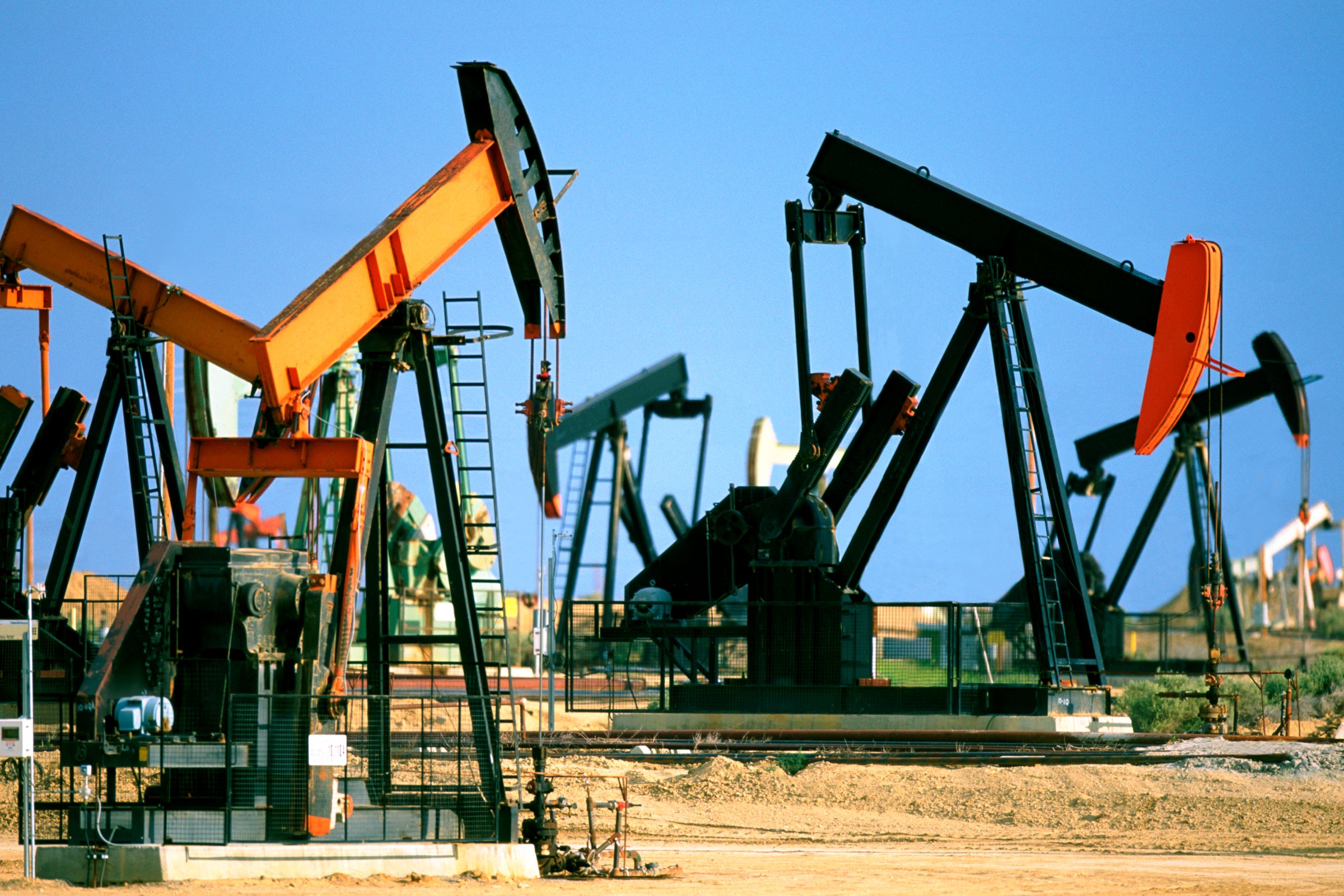
When the world gives you too much oil, drill for more.
That seems to be the motto of some of the most prolific oil producers today. Iraq, Russia, Latin America, West Africa, the United States, Canada – all may increase production this year, and by more than just balancing out the reduced production in war-torn Libya. On top of this, expect even more oil on the market if Iran comes to terms with the West over its nuclear program and is freed of the constraints of sanctions.
That’s the conclusion of Adam Longson, an oil analyst at Morgan Stanley writing in an e-mailed report on Jan. 5.
All this new oil is flooding a market already awash because OPEC has refused to cut its production cap below 30 million barrels a day – and is even exceeding that level – and the United States is pumping oil, mostly from shale, faster than it has in 30 years. This has caused the average price of oil to plunge more than 50 percent, from about $115 in June 2014 to just over $50 today.
This is creating an unmitigated bear market for oil, according to Morgan Stanley. “With the global oil market just passing peak runs and Libyan supply already at low levels, it’s hard to see much improvement in oil fundamentals near term,” its report said. “A number of worrying signs have already emerged, lifting the probability of our ‘bear’ case.”
One more sign is that Iraq’s production is at its highest level in more than three decades, now that Baghdad has finally reached agreement with Kurdistan to allow it to export oil through Turkey. And just before the New Year there were reports that Russian oil output has hit post-Soviet records without any sign of abating.
“We already have an ample supply of oil, and on top of that we see this increase from Iraq and Russia,” Michael Hewson, analyst at CMC Markets, a British financial derivatives dealer, told The Wall Street Journal. “The momentum clearly continues to be bearish for oil.”
But wait, there’s more, according to the Morgan Stanley analysis. It says to expect increased production at several oil fields in Brazil, Canada, the United States and in West Africa. And, according to Hewson, there’s no sign of increased demand, according to reports of anemic economies in China and Europe.
And then there’s the environment. The governments of many countries – including the world’s two hungriest fossil fuel consumers, China and the United States – are striving to meet various targets for lower greenhouse gas emissions. This new green approach is responsible for “anemic global growth” in demand for oil and an “upsurge in competing supply,” said David Hufton, the CEO of the broker PVM.
“[It] is very plain for all to see that oil supply growth exceeds oil demand growth and from a producer point of view, this imbalance has to be rectified,” Hufton told the Financial Times.
Carsten Fritsch, a senior oil and commodities analyst at Commerzbank in Frankfurt, agreed. “The easiest path for oil is down,” he told Reuters. “Almost all market news and the fundamental backdrop are negative, and it is difficult to see much upside at the moment.”
This post originally appeared on OilPrice.com.
Read more from Oilprice.com:
More Must-Reads from TIME
- Donald Trump Is TIME's 2024 Person of the Year
- TIME’s Top 10 Photos of 2024
- Why Gen Z Is Drinking Less
- The Best Movies About Cooking
- Why Is Anxiety Worse at Night?
- A Head-to-Toe Guide to Treating Dry Skin
- Why Street Cats Are Taking Over Urban Neighborhoods
- Column: Jimmy Carter’s Global Legacy Was Moral Clarity
Contact us at letters@time.com